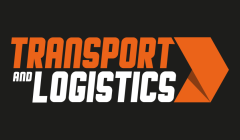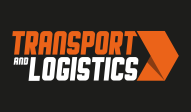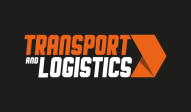Supply chains have changed dramatically over the past few decades. In the modern economy, organisations can no longer rely on traditional transactional relationships with their customers. In today’s truly global markets with localised needs served through multiple channels, all interactions must converge to meet customers’ expectations.
Factories are now at the end of the supply chain, rather than at its centre. Unlike the low-cost sourcing of yesterday, globalisation now means leveraging local knowledge to ensure an appropriate offering for each market segment.
True partnerships – across companies – must work to ensure that a customised offering, for an increasingly smaller customer segment, is delivered profitably with as much commonality as possible upstream (design/source) and as much customisation as possible downstream (production/delivery).
The IT opportunity
The fall in cost and rise in consumer uptake of information technology holds many answers for the challenges facing supply chain leaders. However, legacy supply chain systems, such as MRP/ERP (material requirements planning / enterprise resource planning) were designed decades ago to serve a factory-centric world.
Many new application categories, such as APS (advanced planning systems), TMS (transportation management systems) and PLM (product lifecycle management) were created around these ERP systems to meet the challenges of the world as it was then – not as it is now – and an approach that incrementally updates these systems has now reached its limits.
The updating process resembles the patchwork extension of an airport, or a train station, which can only go so far to meet the needs of today. Despite the heavy investment and years spent on building them, integration, security, scalability and reliability often become a serious issue, which is why it is often easier and more efficient to build from scratch.
A similar approach for supply chain IT is long overdue and systems need to be built from the ground up to support modern business norms.
Many think of the cloud as hosting IT externally. However, at heart, the supply chain cloud is about applications – built from the ground up and designed to support end-to-end business processes. It should support innovations such as pricing on subscription and boost the IT refresh cycle from the old four-to-five year round to a much nimbler 6-12 monthly cycle. In other words, cloud computing ensures IT infrastructure is at the cutting-edge of what is possible.
Is the cloud ready?
Security, scalability and reliability are often cited as concerns raised by supply chain organisations. However, Oracle alone conducts 33 billion transactions daily on the cloud and even ultra-cautious industries such as banking or defence departments are now taking advantage of the cloud.
Global corporations, including retailers are deploying a cloud-based approach and 3PL (third-party logistics) providers are using the cloud to manage warehouses.
So ‘yes’, the cloud is ready and the time is right for ambitious supply chain leaders to embrace cloud technology and use it to help them profitably deliver their brand.




